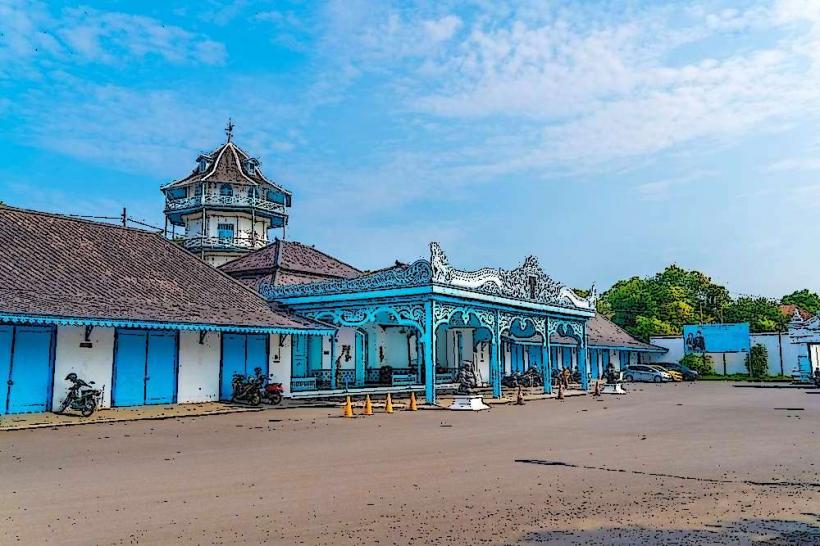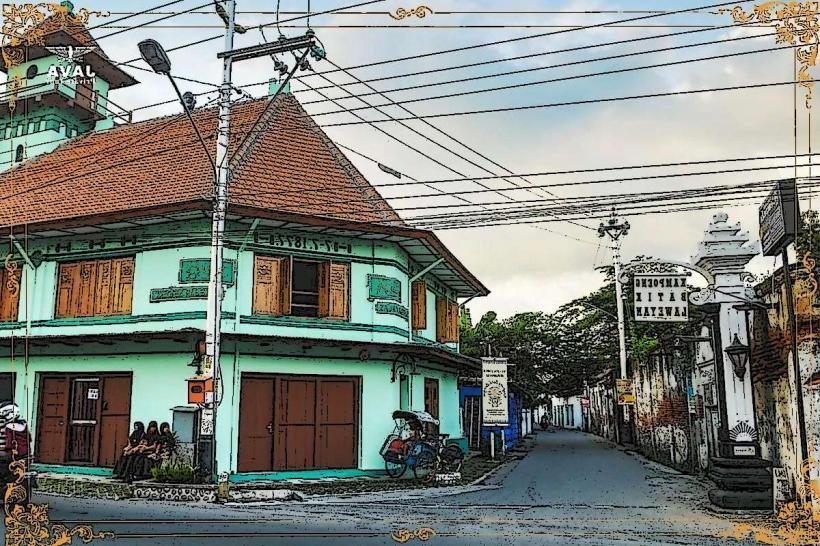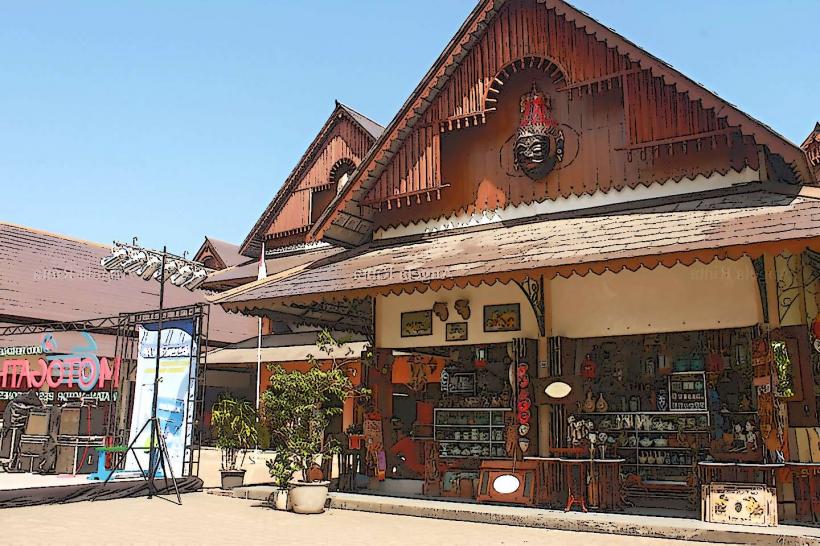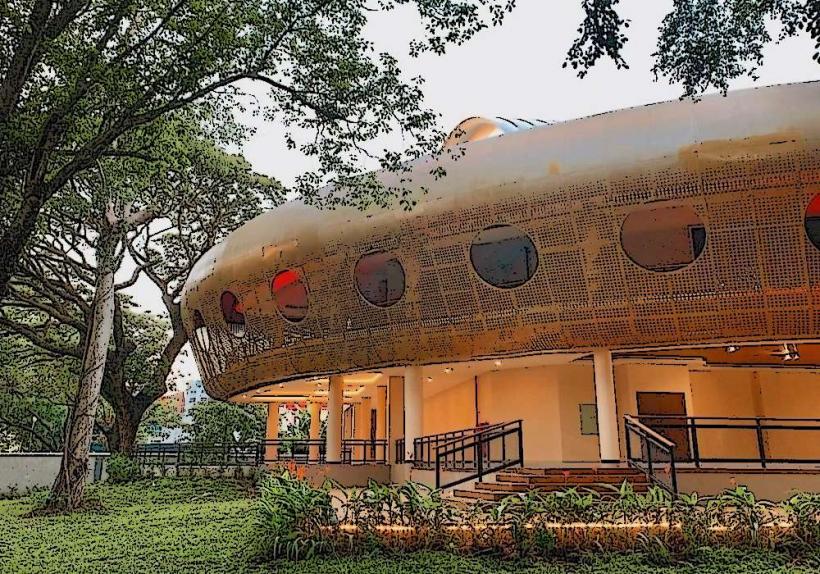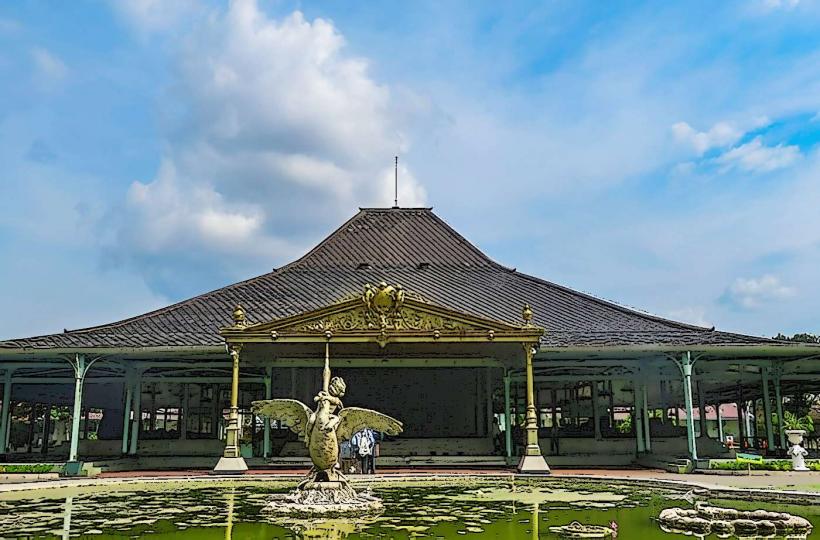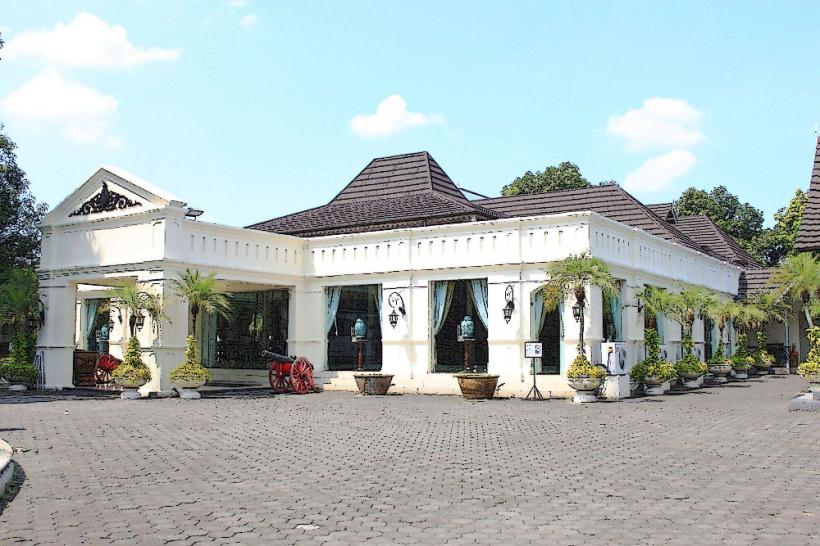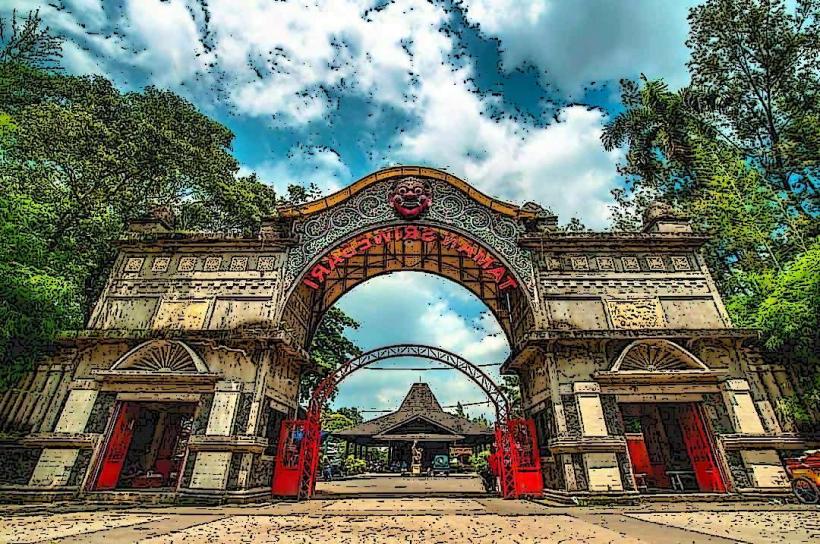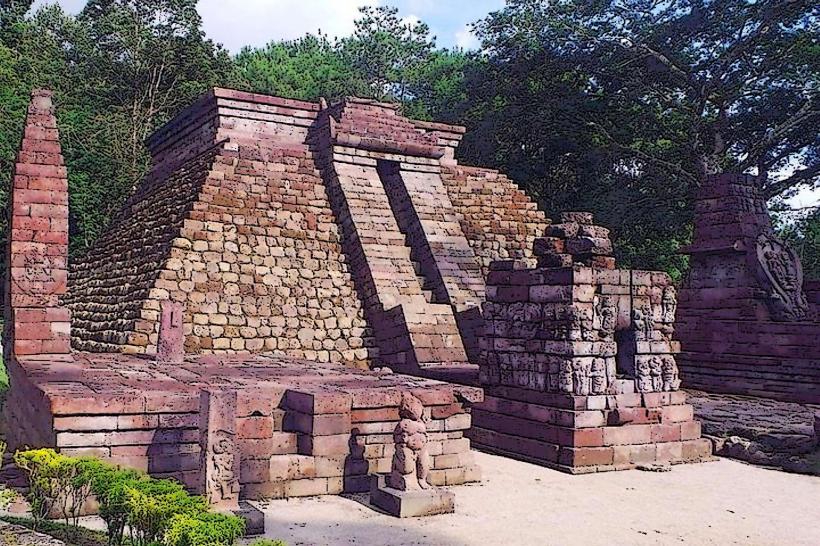Information
Landmark: Gede MarketCity: Surakarta
Country: Indonesia
Continent: Asia
Gede Market: A Vibrant Hub of Tradition and Commerce in Surakarta
Gede Market (Pasar Gede) is one of the oldest and most iconic traditional markets in Surakarta (Solo), Central Java, Indonesia. This market is not only a place for local commerce but also an essential part of the cultural heritage of the city. Located in the heart of Surakarta, Gede Market is a bustling hub that attracts locals and tourists alike, offering a wide variety of goods, from fresh produce to traditional Javanese crafts.
1. Historical Background of Gede Market
- Establishment:
- Gede Market was established in the early 20th century, during the reign of the Surakarta Sultanate. It was originally built as a public market to cater to the needs of the growing population of Surakarta, providing a space for the exchange of goods and commerce.
- The market’s name, "Gede," translates to "big" or "grand" in Javanese, reflecting its large size and importance within the community.
- Architectural Significance:
- The market building is a mix of Dutch colonial and traditional Javanese architectural styles, featuring a spacious, open-air layout and wooden structures. The blend of European and indigenous designs reflects the historical influences of both the Dutch colonial period and Javanese culture.
- The market was renovated in recent years to preserve its historical architecture while modernizing some of its facilities.
2. What You Can Find at Gede Market
Gede Market is a vibrant marketplace offering a wide variety of goods, making it an exciting destination for shoppers and visitors interested in local products and Javanese culture. Some of the key items found in the market include:
Fresh Produce:
- Vegetables, fruits, spices, and herbs are sold by local vendors in the traditional market stalls. The market is known for offering fresh local produce directly from nearby farms, making it a go-to destination for anyone seeking high-quality ingredients for cooking.
- Traditional ingredients used in Indonesian cuisine, such as tempeh (fermented soybeans), tahu (tofu), and jamu (herbal drinks), are commonly available in the market.
Traditional Snacks and Sweets:
- Gede Market is also known for its wide selection of Javanese snacks and traditional sweets, which are an important part of the local food culture. Visitors can find popular snacks such as lumpia (spring rolls), kue cubir (traditional cakes), and gudeg (young jackfruit stew).
- Local vendors also sell a variety of dried fruits, nuts, and spices.
Batiks and Handicrafts:
- The market is a great place to purchase traditional Javanese batik fabric, which is an essential part of Indonesian culture. Batik is often used to create clothing, scarves, and home décor items, and it’s a wonderful souvenir for those looking to take home a piece of Javanese art.
- Wooden crafts, woven baskets, and ceramic items are also available, showcasing the region’s traditional craftsmanship.
Traditional Medicine and Herbal Remedies:
- One of the unique features of Gede Market is its offering of traditional medicine and herbal remedies. Visitors can find stalls selling various types of jamu (herbal concoctions), herbal oils, and medicinal plants. Many locals visit the market to purchase these items for their health and wellness needs.
Textiles and Clothing:
- In addition to batik, the market offers a variety of traditional textiles and clothing, including sarongs, sundresses, scarves, and traditional Javanese attire. These items are often made from high-quality fabrics such as silk and cotton.
3. The Atmosphere and Experience at Gede Market
Bustling and Lively:
- Gede Market is known for its lively and vibrant atmosphere, with vendors calling out to potential customers, bargaining over prices, and engaging in animated discussions. It’s a place where the energy of the local community is palpable, creating a unique and authentic shopping experience for visitors.
- The market is always filled with the sounds of local chatter, traditional music, and the hustle and bustle of people moving from stall to stall.
Cultural Immersion:
- Visiting Gede Market provides a unique opportunity for visitors to immerse themselves in local culture. The market offers a glimpse into everyday life in Surakarta, allowing people to see firsthand the local traditions and customs associated with food, craftsmanship, and commerce.
- Vendors are often eager to engage with visitors, offering insights into the items they are selling and sharing knowledge about traditional Javanese culture.
Bargaining Culture:
- Bargaining is an important part of the shopping experience at Gede Market. Visitors can expect to negotiate prices, especially when purchasing local crafts or fresh produce. Bargaining is seen as a social activity, and it adds an extra layer of interaction between the buyer and the seller.
4. Gede Market as a Tourist Destination
Local Experience for Tourists:
- Gede Market offers a great way for tourists to experience the authentic local culture of Surakarta. Many visitors to Surakarta make it a point to explore the market, not only to shop for souvenirs but also to interact with the locals and learn about the city’s culinary and cultural heritage.
Photography Opportunities:
- The market’s vibrant colors, traditional architecture, and bustling activity provide excellent opportunities for photography. Whether it’s capturing the bright displays of produce, the intricate patterns of batik, or the local lifestyle, there is no shortage of scenes worth photographing.
Souvenirs and Gifts:
- For tourists looking for souvenirs to take home, Gede Market is an excellent place to purchase handmade items and traditional goods that represent the essence of Javanese culture. Batik, textiles, wooden carvings, and herbal products make for memorable gifts and keepsakes.
5. Visitor Information and Tips
Location:
- Gede Market is centrally located in Surakarta, making it easily accessible for tourists staying in the city. It’s a short distance from other major landmarks, such as Keraton Surakarta (the Surakarta Palace) and Pasar Klewer, another popular market in the city.
Opening Hours:
- Gede Market is generally open every day, with the busiest hours being early in the morning and late afternoon. However, for those looking for a quieter experience, visiting in the mid-morning or early afternoon is recommended.
Getting There:
- The market can be accessed by taxi, motorbike rental, or public transportation. It is located near other major attractions, so it is easy to combine a visit to Gede Market with other sightseeing in the city.
Best Time to Visit:
- The best time to visit Gede Market is in the morning when the stalls are fully stocked with fresh produce, and the market is lively yet not overly crowded. Early visits also allow tourists to experience the market before the heat of the day sets in.
6. Conclusion
Gede Market is an essential part of Surakarta's cultural and commercial life. With its vibrant atmosphere, historical significance, and wide variety of goods, it offers a truly authentic Indonesian market experience. Whether you’re looking to shop for local products, immerse yourself in Javanese culture, or simply enjoy the lively ambiance, Gede Market provides an unforgettable experience that showcases the heart of Surakarta.

